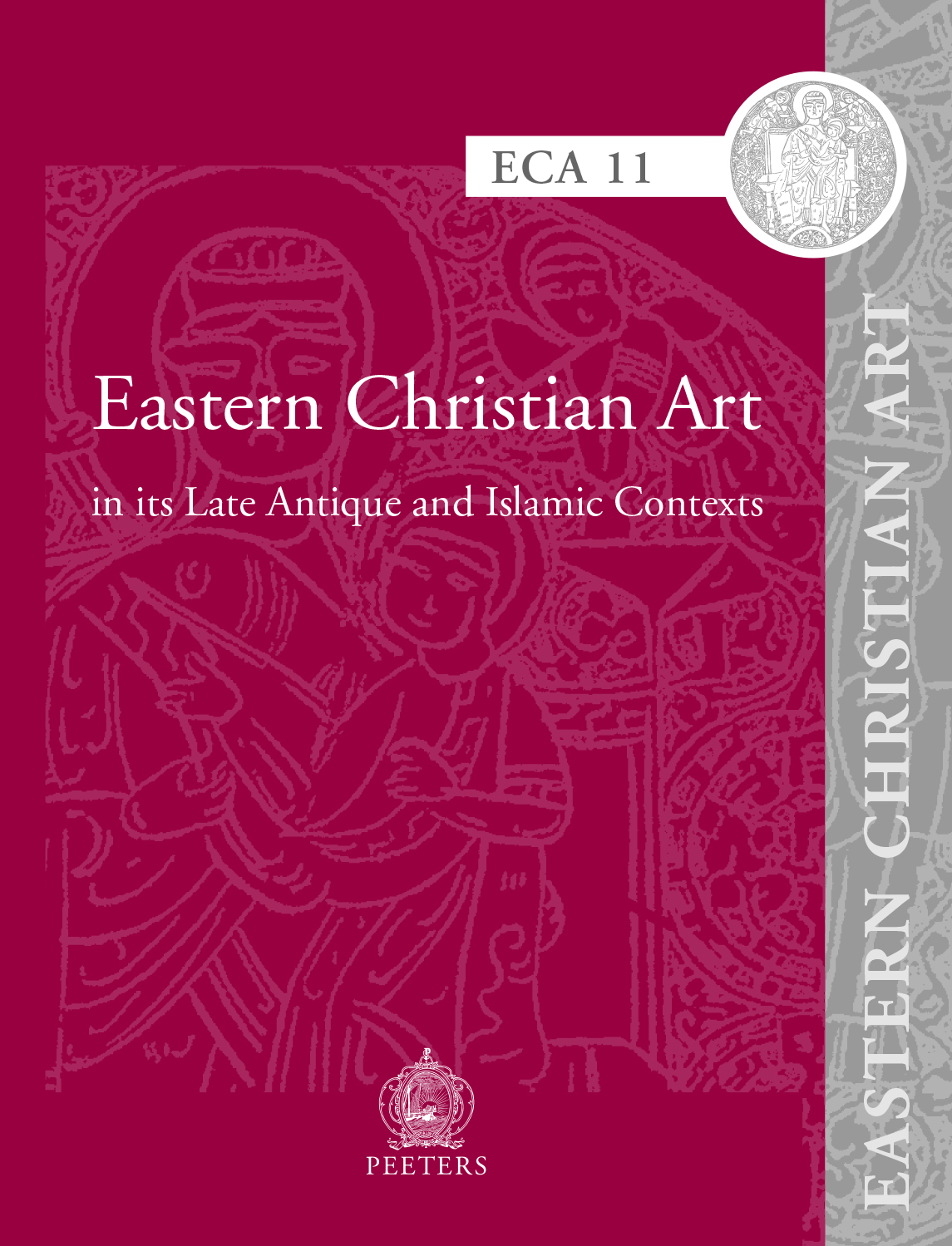 previous article in this issue previous article in this issue | next article in this issue  |

Preview first page |
Document Details : Title: The Wall Paintings in the Church of Mar Elian at Homs Subtitle: A 'Restoration Project' of a Nineteenth-century Palestinian Master Author(s): IMMERZEEL, Mat Journal: Eastern Christian Art Volume: 2 Date: 2005 Pages: 149-165 DOI: 10.2143/ECA.2.0.2004557 Abstract : The most prominent Christian building in Homs, the antique city of Emesa in Syria, is the Greek Orthodox Church of Mar Elian. The reputation of this fairly modern three-aisled construction, with apses and a dome, is based upon the presence of the relics of the holy doctor Elian, or Julian, from Homs, which are kept inside a marble sarcophagus inside the south apse. The eyes of today’s visitors are irresistibly drawn to the impressive neo-Byzantine paintings made by the Romanian artists Gavril and Miha Morasan, whose work concluded the renovation of the church in the early 1970s1. In May 1970, while cleaning the walls before applying a fresh layer of plaster, wall paintings came to light inside and near the south apse, which were soon after restored by the Syrian Directorate General of Antiquities and Museums. Following the inauguration of the church in 1974, Gabriel Saadé dedicated an instructive booklet to St Elian, the church and its ancient and modern art2. The main source for the discoveries is, however, Jules Leroy’s study of 19753. Unfortunately, Leroy did not have the opportunity to observe the wall paintings from nearby; the matter of distinguishing the different layers of paintings and, subsequently, also their chronology, therefore deserves further consideration. |
|


